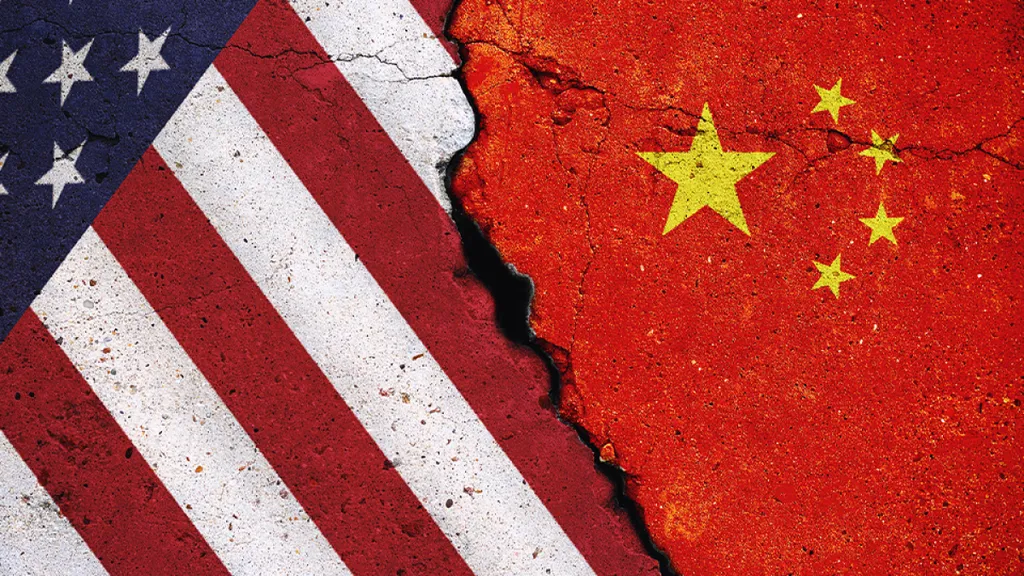In a high-stakes meeting that drew global attention, United States President Donald Trump and Chinese President Xi Jinping convened to address a range of critical issues, culminating in a series of agreements that could reshape the economic landscape between the world’s two largest economies. The closed-door negotiations, marked by their intensity, yielded commitments across multiple sectors, with both leaders emphasizing mutual benefits and fair trade practices.
At the heart of the discussions were significant agricultural concessions, with China pledging to open its vast markets to American farmers. The new framework promises to boost Chinese purchases of U.S. soybeans, corn, and pork products, addressing longstanding trade imbalances that have weighed heavily on rural American economies. This development is expected to inject billions of dollars into the U.S. agricultural sector, providing much-needed relief to farmers affected by previous trade disruptions. The increased demand for American agricultural products also strengthens food security ties between the two nations, fostering a more stable and interdependent relationship.
Energy cooperation emerged as another key area of agreement, with both countries committing to expanded U.S. liquefied natural gas (LNG) exports to China. These deals not only solidify America’s position as a leading global energy exporter but also diversify China’s energy supply sources, reducing its reliance on other regions amid geopolitical tensions. The agreements include investments in infrastructure and joint ventures focused on sustainable energy development, demonstrating a pragmatic approach to addressing climate challenges while prioritizing economic growth.
Technological and intellectual property (IP) protections were also a critical focus of the summit. Both leaders committed to enhanced safeguards against IP theft and forced technology transfers, with China agreeing to stricter enforcement of IP laws. This breakthrough addresses a longstanding U.S. concern and could level the playing field for American innovators in cutting-edge fields such as semiconductors and artificial intelligence. By fostering a more secure environment for research and development, these agreements may deter future disputes and encourage collaborative innovation.
Beyond these sectors, the leaders addressed broader trade imbalances through commitments on currency stability and market access reforms. President Trump welcomed these agreements, framing them as a strategic recalibration aimed at reducing the U.S. trade deficit while maintaining pressure on unfair trade practices. As these accords are implemented, they have the potential to redefine bilateral relations, influencing global supply chains and setting precedents for future international negotiations.
The implications of these agreements extend far beyond the immediate economic benefits. By fostering greater cooperation in agriculture, energy, and technology, the U.S. and China are laying the groundwork for a more stable and interdependent relationship. This could mitigate the risks of future trade conflicts and promote a more balanced and equitable global economy. However, the success of these agreements will depend on their implementation and the willingness of both nations to uphold their commitments. As the world watches, the outcomes of this summit could shape the future of international trade and diplomacy for years to come.

